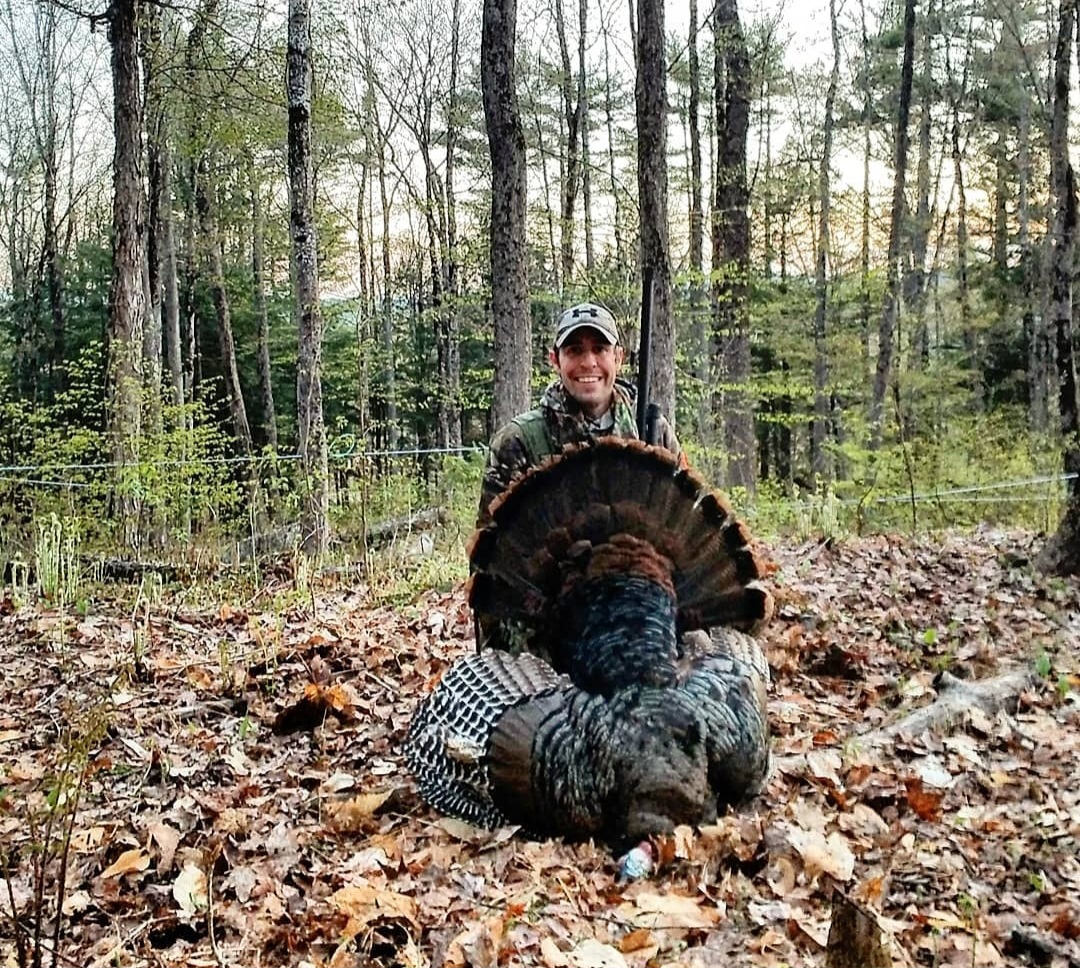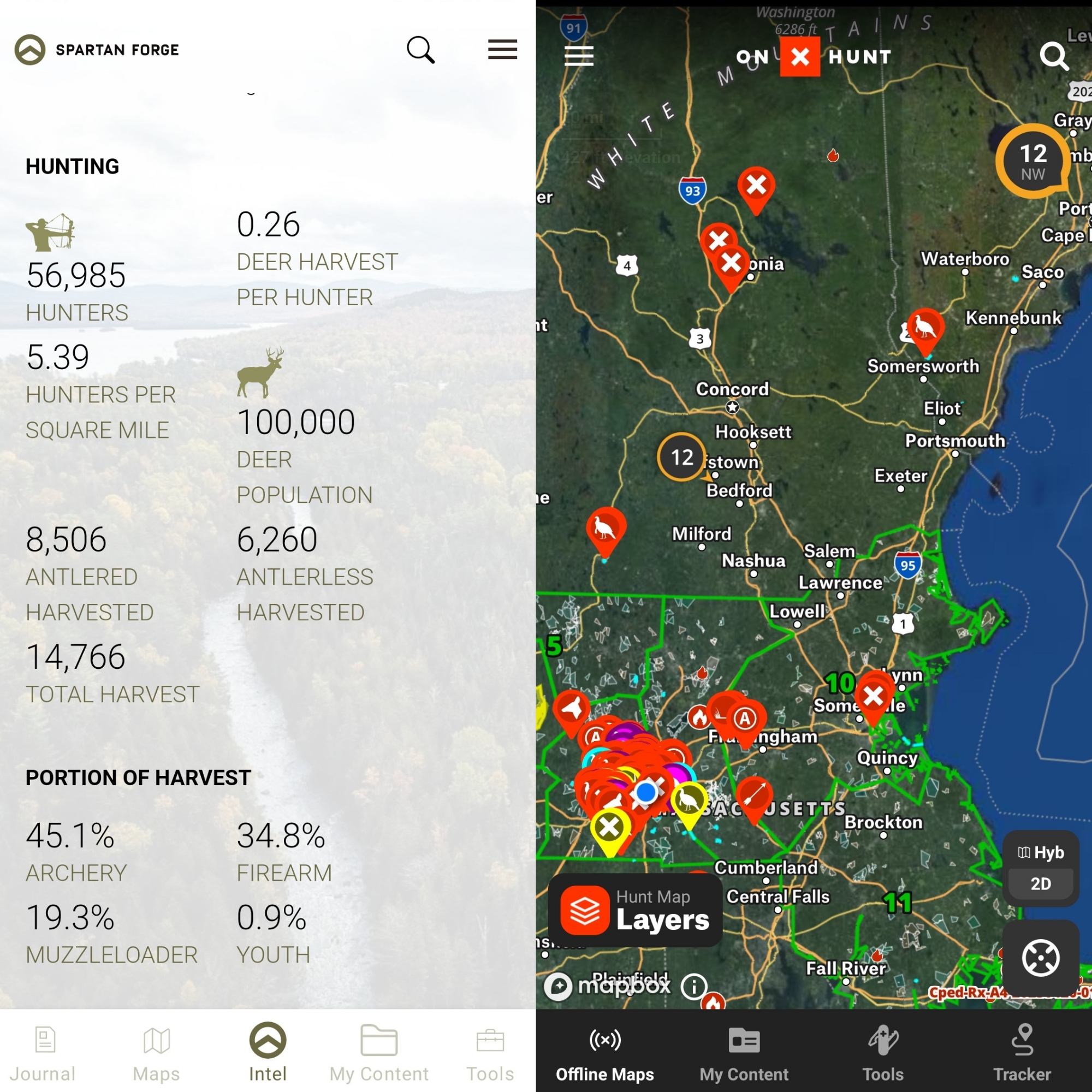
As someone who’s spent countless hours casting lines into the Cape Cod Canal, I can attest to the pure joy this spot brings. The anticipation of what might be lurking beneath the water’s surface, the excitement of the perfect cast, and the thrill of the catch – it’s truly hard to beat. However, the canal can be quite the beast if you’re not equipped with the right lures. So today, we’re going to dive into the nitty-gritty of the best lures for fishing the Cape Cod Canal. But first we’re going to talk about the top, middle, and bottom water column, and how different lures yield different results.
Understanding the Water Columns of Cape Cod Canal
Before we get into the lures, let’s understand the different water columns in the canal. Essentially, the water column is divided into three sections: top, middle, and bottom. Each section requires a different fishing strategy and lure type, which can significantly impact your fishing results. Understanding this will allow you to target specific species that dwell in different parts of the canal. Use maps or local knowledge of the area to find out how the depth changes throughout the Canal.
When it comes to fishing in the Cape Cod Canal, the water column can be divided into three key sections:
- Topwater: This is the surface layer of the water. Stripers often hunt in this layer early in the morning or late in the evening when light levels are low. Using topwater lures like the Cotton Cordell Pencil Popper, which can imitate wounded baitfish or other prey items on the surface, can be particularly effective during these periods. The “walk-the-dog” retrieval method is frequently employed to make the lure move erratically, mimicking injured prey.
- Midwater: This is the middle layer of water between the surface and the bottom. This can be the trickiest layer to fish as the depth can vary greatly depending on the tide and time of day. Using lures like the Daiwa SP Minnow, which can be adjusted to swim at different depths, is a common approach for this layer.
- Bottom: This is the layer of water that interfaces with the Canal bed. Striped bass often feed in this layer during the brightest times of the day or when the water is particularly turbid. Lures like the FishLab Soft Mac Attack, which can be bounced along the bottom to stir up sediment and mimic a wounded baitfish or other bottom-dwelling prey, are often used for bottom fishing.
Remember that striped bass, like many other fish species, will move through these different layers of the water column throughout the day and according to environmental conditions. They might start the day feeding on the bottom, then move up to the midwater and even the surface as the day progresses. As such, having a range of lures that can effectively target all sections of the water column will give you the best chance of a successful day fishing for stripers in the Cape Cod Canal.
Top Lures for Each Water Column Section
Topwater: Left Hook Lure Pencil
The Left Hook Lure pencil is my go-to for topwater fishing at the Cape Cod Canal. This 7-inch, all-white pencil lure weighs 3.5 ounces, ideal for casting long distances and luring in the big ones.
How to Use: Cast the pencil lure out as far as you can, then retrieve it with a “walk-the-dog” motion. This erratic movement imitates an injured baitfish, and you wouldn’t believe how much predatory fish love a seemingly easy meal! Often times twitching the lure while allowing to take the current to sweep the lure away yields great results.
Middle: Magic Swimmers
When it comes to the middle column, the Magic Swimmers are a staple. These bad boys, the 190 Fast Sink and the 228 Slow Sink models, have a lifelike swimming action that drives fish wild.
How to Use: Cast the Magic Swimmer out and let it sink to your desired depth. Then, use a slow and steady retrieve, adding a twitch or pause occasionally. This mimics a casual swimmer and gets you some attention from curious fish. Changing speeds while reeling the lure in can give different results. If one way isn’t getting any bites trying changing your speed or twitches.
Bottom: FishLab Soft Mac Attack
For bottom feeders, the FishLab Soft Mac AttackJig is a must-have. Specifically designed for fishing in heavy current, this jig is rigged with a strong hook that holds up even against the most robust stripers and strongest of currents.
How to Use: Cast the jig out and let it sink to the bottom. Once there, use short, sharp upward jerks of your rod to “jig” the lure off the bottom, then let it fall back down. This mimics the behavior of a wounded baitfish and baits fish into striking. Knowing the bottom structure of the Canal comes in to play here. Jigging some spots on a East to West current may produce numerous fish. While the same spot on a West to East current may not produce anything,
Versatile Lure: Cotton Cordell Pencil Popper
The Cotton Cordell Pencil Popper is one of those versatile lures that can be modified by adding bb’s to the inside and increasing the weight for further casts.. Loaded with a strong hook, this lure can be used for casting out to the middle of the Canal to blitzing stripers..
How to Use: Launch the pencil lure as far as you can to give yourself the best chance at a bass cruising down the middle of the canal then reel it back in using a “walk-the-dog” technique. This unpredictable motion mimics a wounded baitfish, which is irresistible to stripers looking for an effortless snack!
Notable Contender: Daiwa SP Minnow
The SP Minnow by Daiwa is a highly versatile fishing lure known for its unique darting action, particularly loved by inshore saltwater anglers. With its realistic shape, the SP Minnow mimics a baitfish in distress, making it highly effective for catching predatory fish. It comes in a variety of colors and sizes, each featuring a pair of sharp treble hooks, a durable body, and excellent weight distribution for long, accurate casts.
How to Use:
- Select the right conditions: SP Minnows are most effective in slightly rough or choppy waters, where the lure’s action can effectively mimic a wounded baitfish. They work great during tide changes or around structures where predatory fish are likely to be hunting.
- Proper Casting: The SP Minnow is designed to be cast long distances. Aim for areas where fish are likely to be, such as near underwater structures or at the edge of weed lines.
- Retrieving: Start with a steady retrieve, allowing the lure to swim in a darting motion. This is the standard motion that often works well. However, you may also experiment with different retrieve styles.
- Vary your retrieval speed: The SP Minnow has a tantalizing action at both fast and slow retrieve speeds. Vary your speed and pause occasionally to mimic a wounded or distressed baitfish, which can often trigger bites.
Changing Up Lure Types and Colors
It’s essential to adapt to the ever-changing fishing conditions at the Cape Cod Canal. Don’t be afraid to switch up lure types and colors to find what works best on any given day. Sometimes the fish prefer shiny, vibrant colors, while other days they might gravitate towards more muted, natural hues. Experiment with different retrieves and presentations to unlock the secrets of this unique fishing location. For more guidance, check out these articles on Cape Cod Canal fishing etiquette and striped bass baits and techniques.
Equipping yourself with the right lures and knowing how to use them effectively is crucial for success when fishing the Cape Cod Canal. With the lures mentioned above and a little bit of patience, you’ll be well on your way to an unforgettable fishing experience at the Cape Cod Canal. Remember, the key to success is adapting to the conditions and being willing to change your approach. So get out there, cast your line, and enjoy the incredible fishing opportunities the Cape Cod Canal has to offer!















